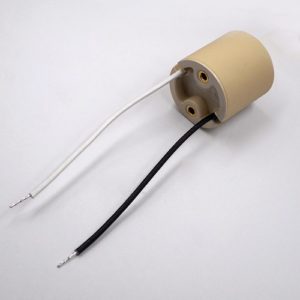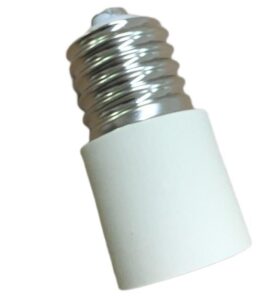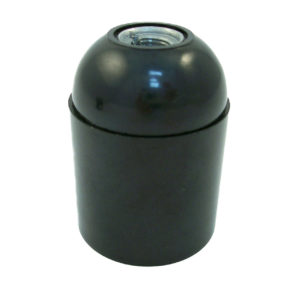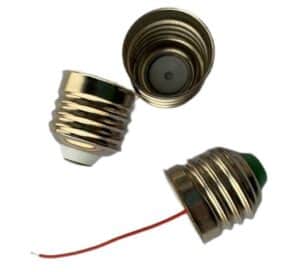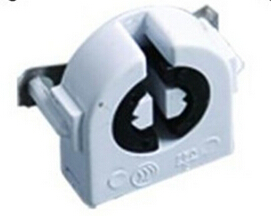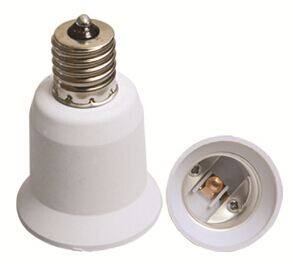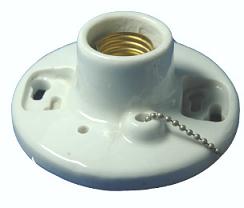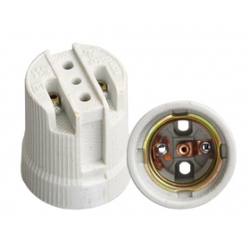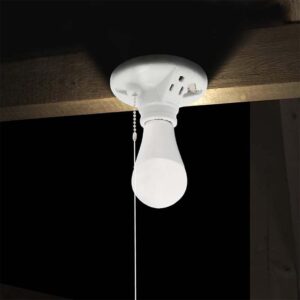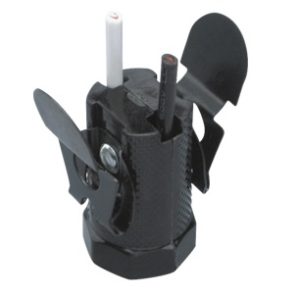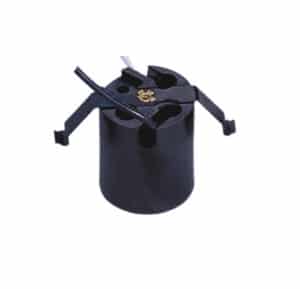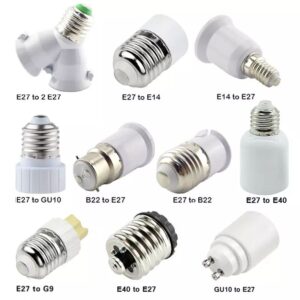In the realm of electrical components, every piece has a purpose, a specific functionality that it is designed to fulfill. A common question that I encounter in my experience at James Lighting is the differentiation between a power cord and an extension cord. On the surface, they might appear similar, but each of these components is distinct in function and application.
The key distinction between a power cord and an extension cord lies in their inherent design and purpose. A power cord is typically used to connect an electrical device to a power source, while an extension cord serves as a bridge, extending the reach of a power cord when the power source is not conveniently located.
By grasping these differences, we can ensure that our electrical setups are efficient, safe, and effective. Let’s delve deeper into the subject.
What is a Power Cord?
When we discuss power cords, we are referring to the electrical lifeline that connects our appliances to the main power source. A power cord is a cable that carries electrical power to the device, be it a lamp, a laptop, or a refrigerator.
The power cord is typically attached directly to the device in question and ends in a plug designed to fit an electrical outlet. The design of these plugs varies depending on geographical standards.
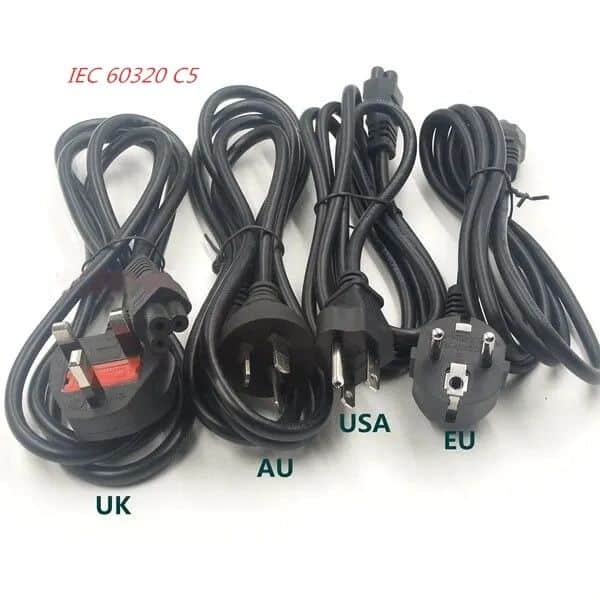
What is an Extension Cord?
An extension cord, on the other hand, serves a different purpose. It acts as a medium to extend the reach of a power cord when the device is too far from the power outlet. Essentially, it’s a power cord with two female ends.
Extension cords come in various lengths, thicknesses, and styles to accommodate different needs. They are particularly handy in setups where power outlets are scarce or inconveniently placed.
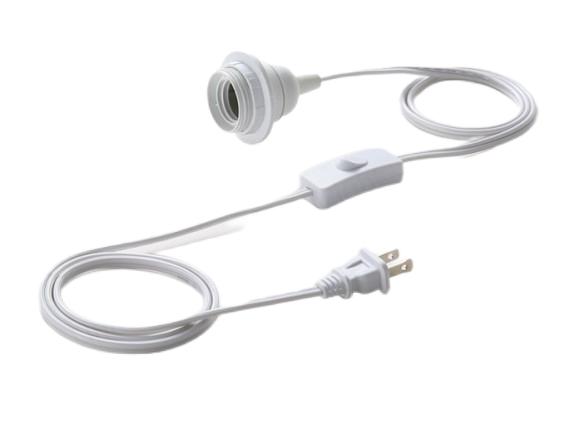
Differences in Design and Construction
While they may look similar, power cords and extension cords have notable differences in design. Power cords are generally made to be durable as they are a part of the device itself.
In contrast, extension cords need to be more flexible and portable. They’re designed for temporary use and often come with multiple outlets to power several devices at once.
Differences in Usage and Applications
Both power cords and extension cords find their use in a variety of settings, yet their applications differ significantly. A power cord is a staple with almost every electrical device, providing the critical link between the device and the power source.
Extension cords, however, are more situational. They are often employed in settings where the power source is too far from the device, such as in conference halls, outdoor settings, or large living spaces.
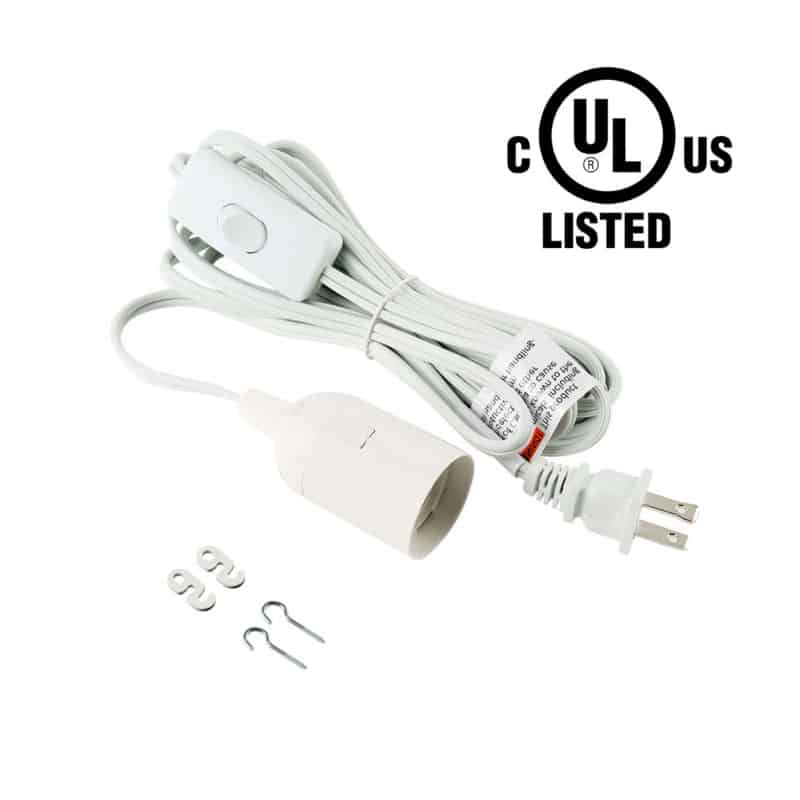
Safety Considerations
The safety considerations for power cords and extension cords also differ. A power cord, being a permanent fixture of the device, is designed for long-term safety and durability.
Conversely, extension cords, while built for safety, are meant for temporary use. Prolonged or improper use of extension cords can lead to safety risks, including electrical fires. Hence, it’s crucial to choose the right extension cord for your needs and use it responsibly.
Their Role in Lighting Solutions
As a lighting solutions provider at James Lighting, I’ve seen firsthand the critical roles both power cords and extension cords play. Power cords are an integral part of our lamp holders, providing the necessary power for the light source.
Meanwhile, extension cords come into play in larger lighting installations where power sources may not always be conveniently located. By understanding the proper usage and safety considerations, we can ensure the best performance from our lighting solutions.
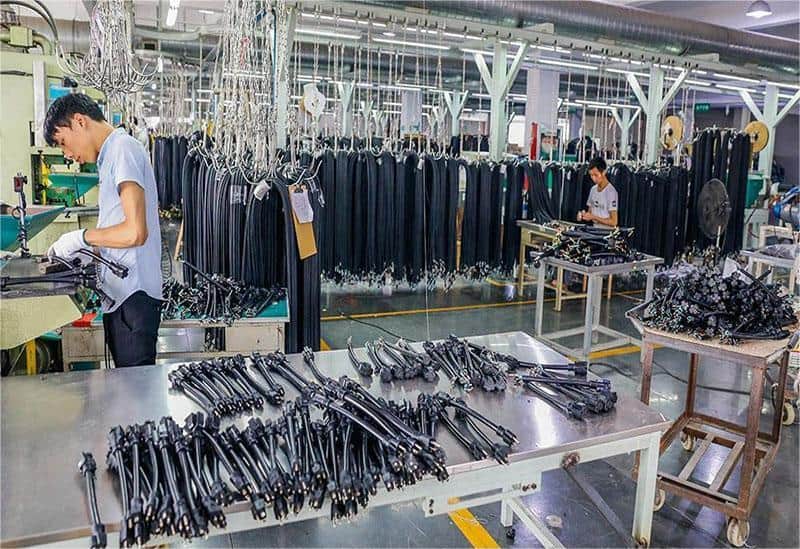
Conclusion
In essence, while power cords and extension cords may appear similar, their differences are key in ensuring safe and effective use of electrical devices. The power cord provides a vital link between the device and the power source, while the extension cord offers flexibility, extending reach when needed.
In a professional setting like ours at James Lighting, understanding these nuances helps us deliver safe, efficient, and effective lighting solutions.

